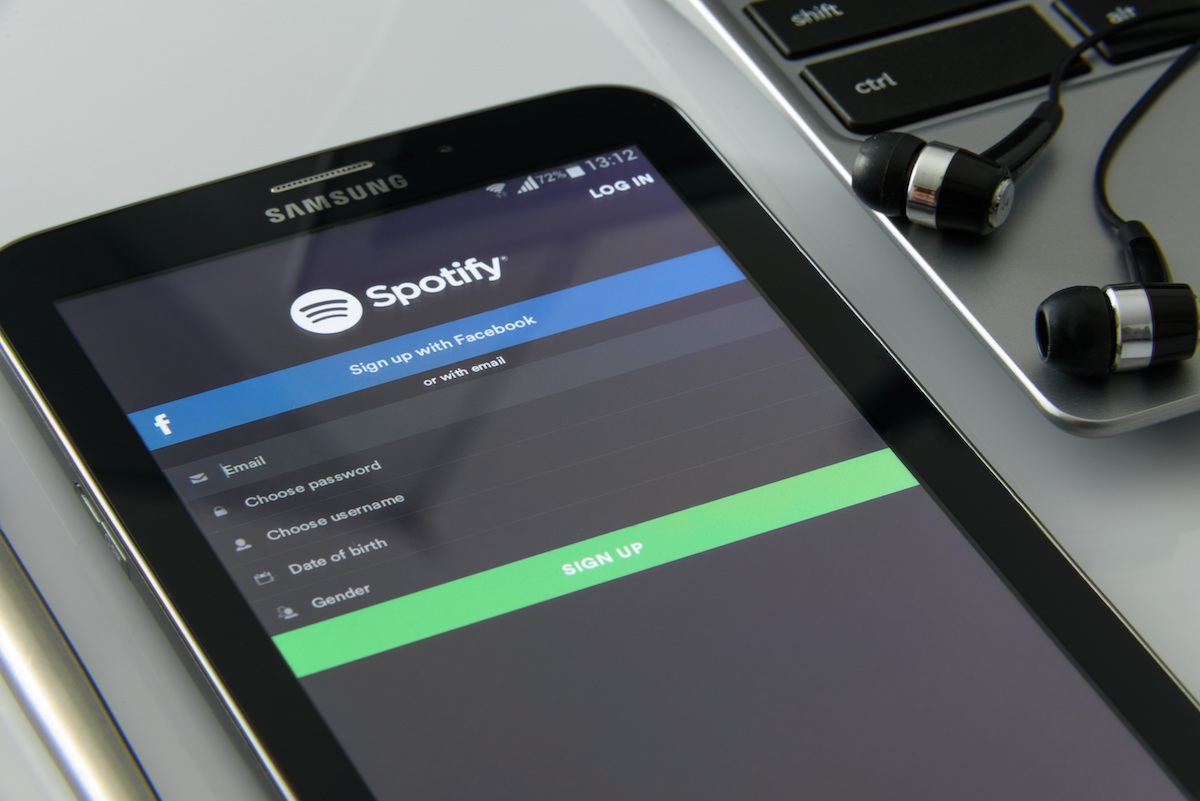Swedish music-streaming service Spotify recently went public, with the intriguing yet risky strategy of foregoing an Initial Public Offering (IPO).
The move paid off for the company in a big way with the share price at close easily beating the NYSE’s forecast (despite the ill omen of the Exchange unwittingly putting up a Swiss, not Swedish, flag).
Nevertheless, the move has once again raised the debate over whether or not Spotify represents an economically viable model. It’s not a question without merit, even though the service is nearly a decade old, with an ever-growing audience of more than 70 million paying subscribers.
The fact remains that Spotify is one of the only standalone streaming services. In contrast, competitors Apple, Alphabet and Amazon are all massive companies that don’t need to profit from their streaming services.
Apple Music is perhaps the greatest threat to Spotify, though it only has half the number of paying subscribers, and both services have been growing at roughly the same rate over the past few years.
Speculators believe the company’s current subscription model can’t properly monetise the user base. However, others see Spotify’s decreasing churn (the number of users who discontinue their subscription) as a good omen.
Speculators believe the company’s current subscription model can’t properly monetise the user base.
Despite difficulties in the market, Spotify’s paying members seem to be growing at an increasing rate. The time it takes the service to break another 10 million paid subscribers has been decreasing; compare the four years it took to reach the first 10 million with the five months it took to go from 40 to 50 million.
Spotify is also fiercely protecting its revenue by cracking down on apps that let users access premium features for free.
It’s clear that Spotify has worked hard in preparation for its public listing.
And speaking of, the controversial decision to go public without an IPO was a success.
Typically, the IPO would allow institutional investors to decide a price for the company’s shares. It also guarantees the purchase of at least some of the company’s shares before they’re widely available.
However, Spotify’s strategy would have avoided some investment banker fees (though not all) and allowed it to start trading immediately, without the delay of the lock-up period. It also gave Spotify the ability to directly provide investors with relevant information.
This could even have wider repercussions for the tech industry. The success may well inspire other entrepreneurs to pursue a similar path.
But the question remains – is Spotify sustainable, and is it a sound long-term investment opportunity? Well, as with all investments, there is uncertainty.
Some commentators note that Spotify’s margins remain dependents on the whims of record labels. This means that Spotify could find itself without content to offer, or be forced to increase prices, should labels decide to charge the service more.
There is also the fact that even as revenue continues to increase, the company is still not profitable. This is due to how close Spotify’s cost of revenue is to its revenue.
That said, Spotify itself remains hopeful, given that it prioritises growth over profitability.
Ultimately, as with all things, only time will tell.
Here are four ways you can start preparing your business for a more secure future.







